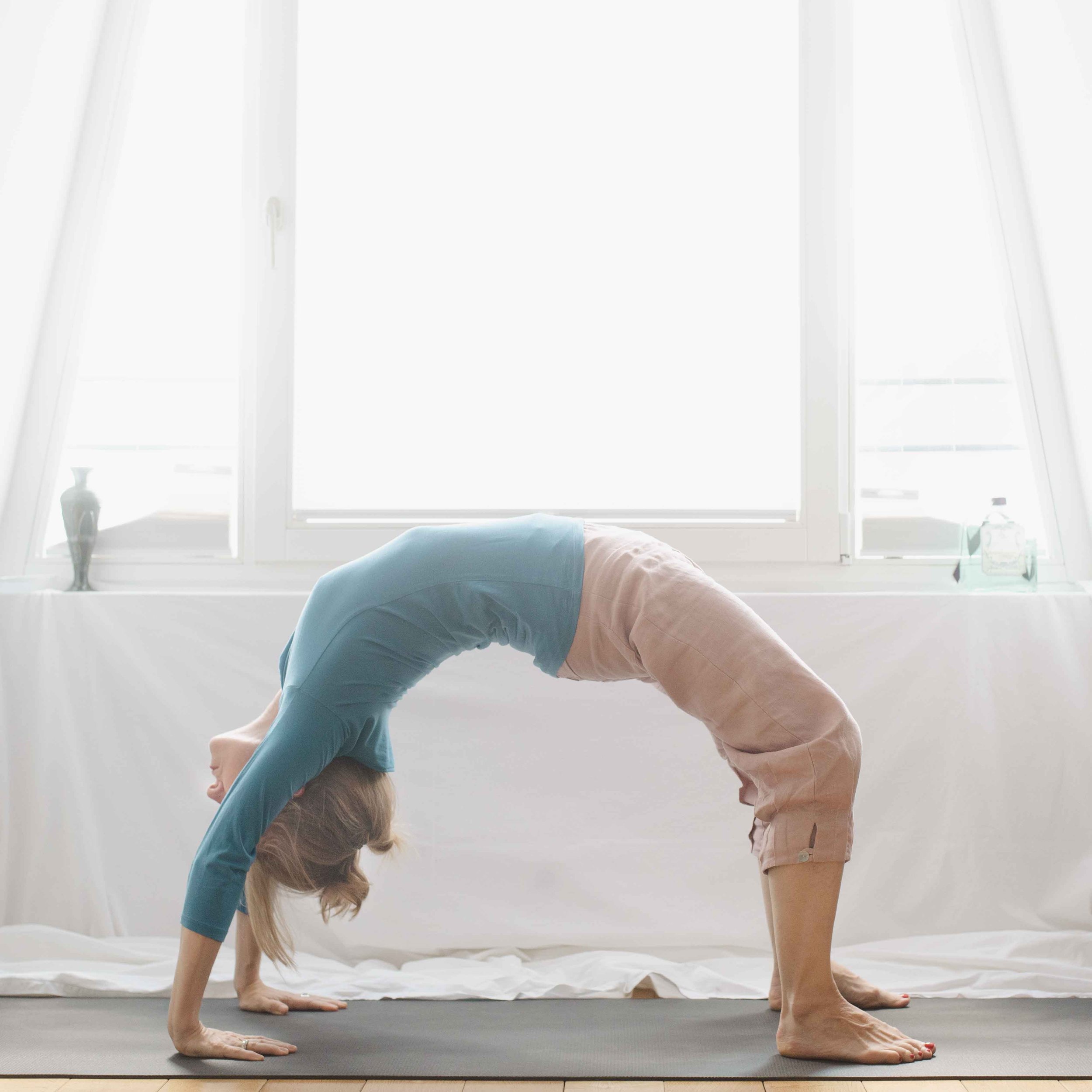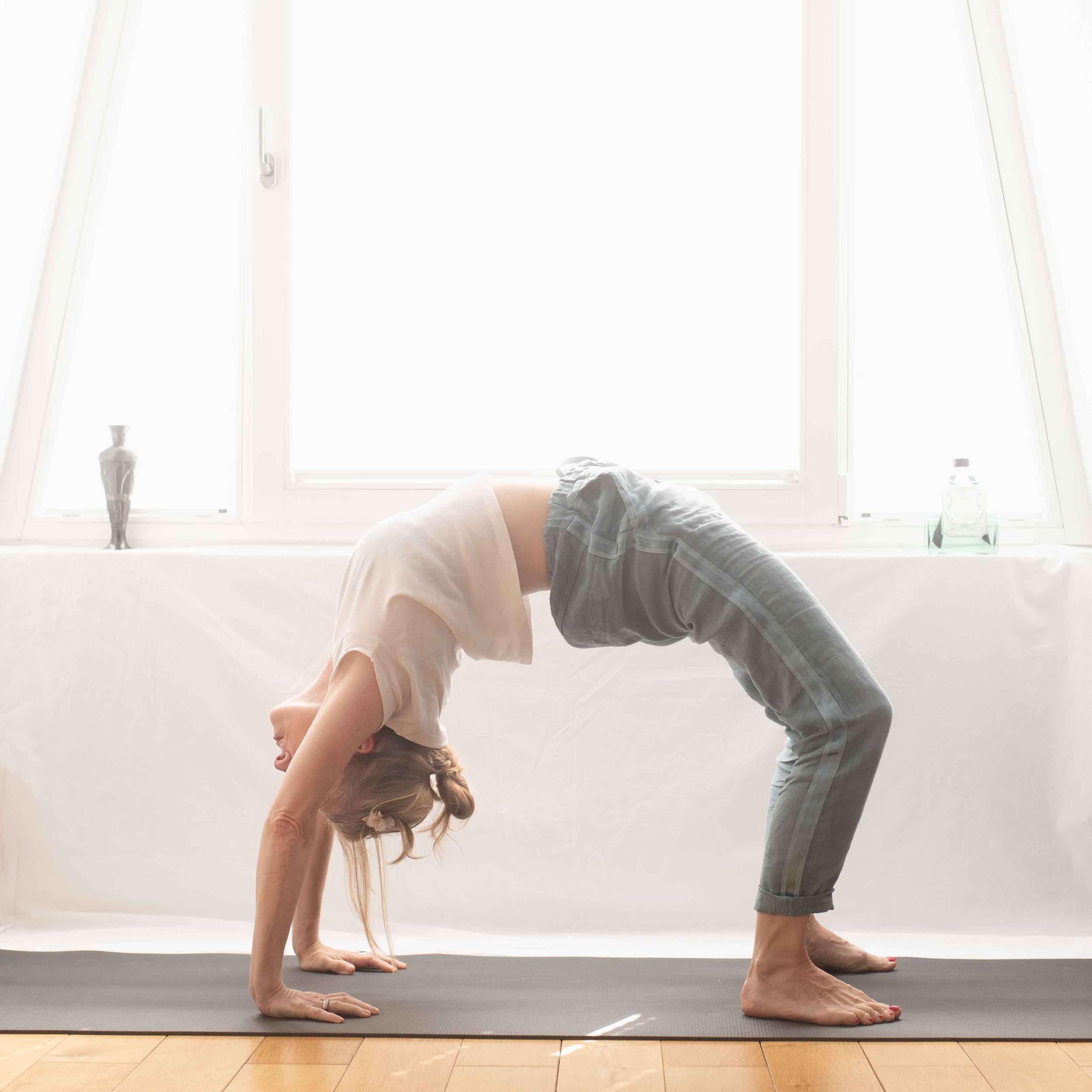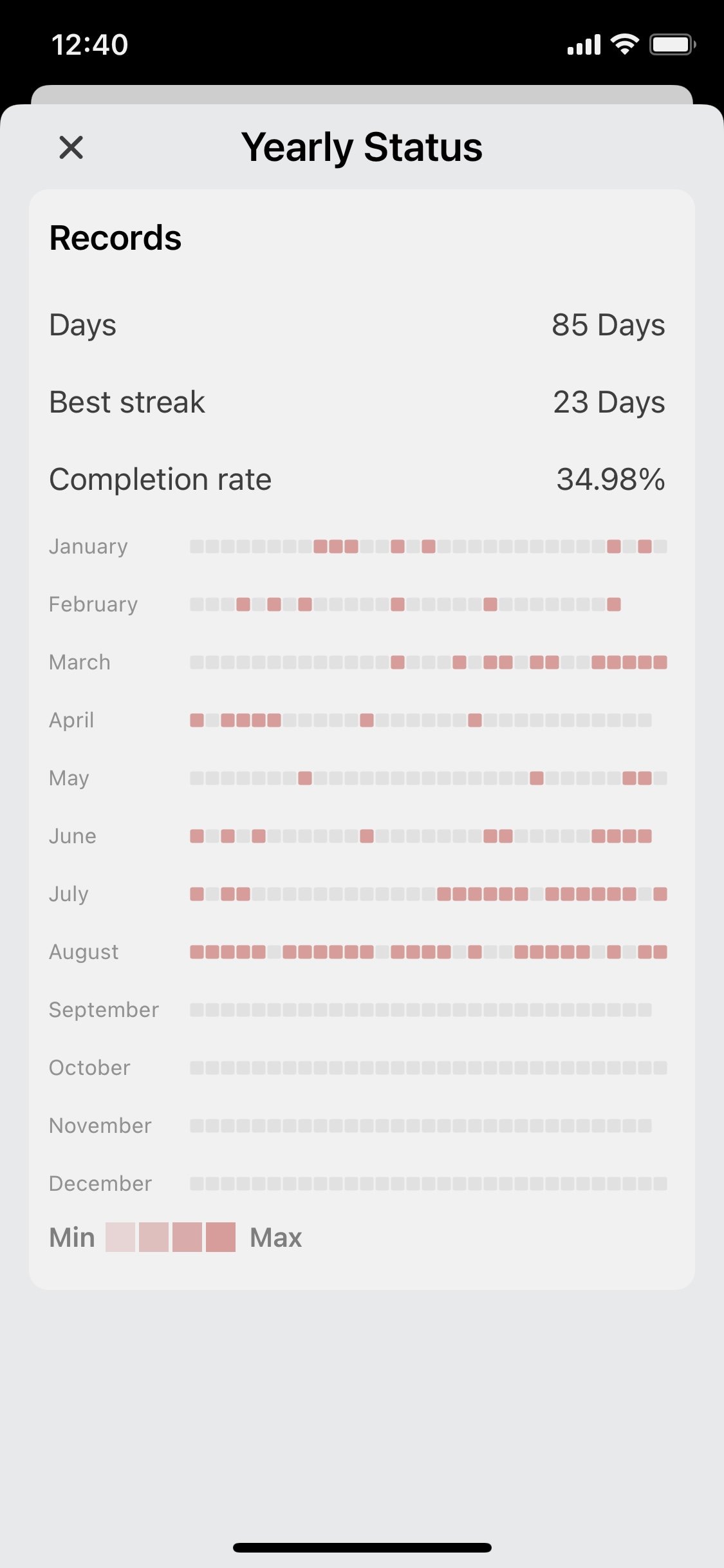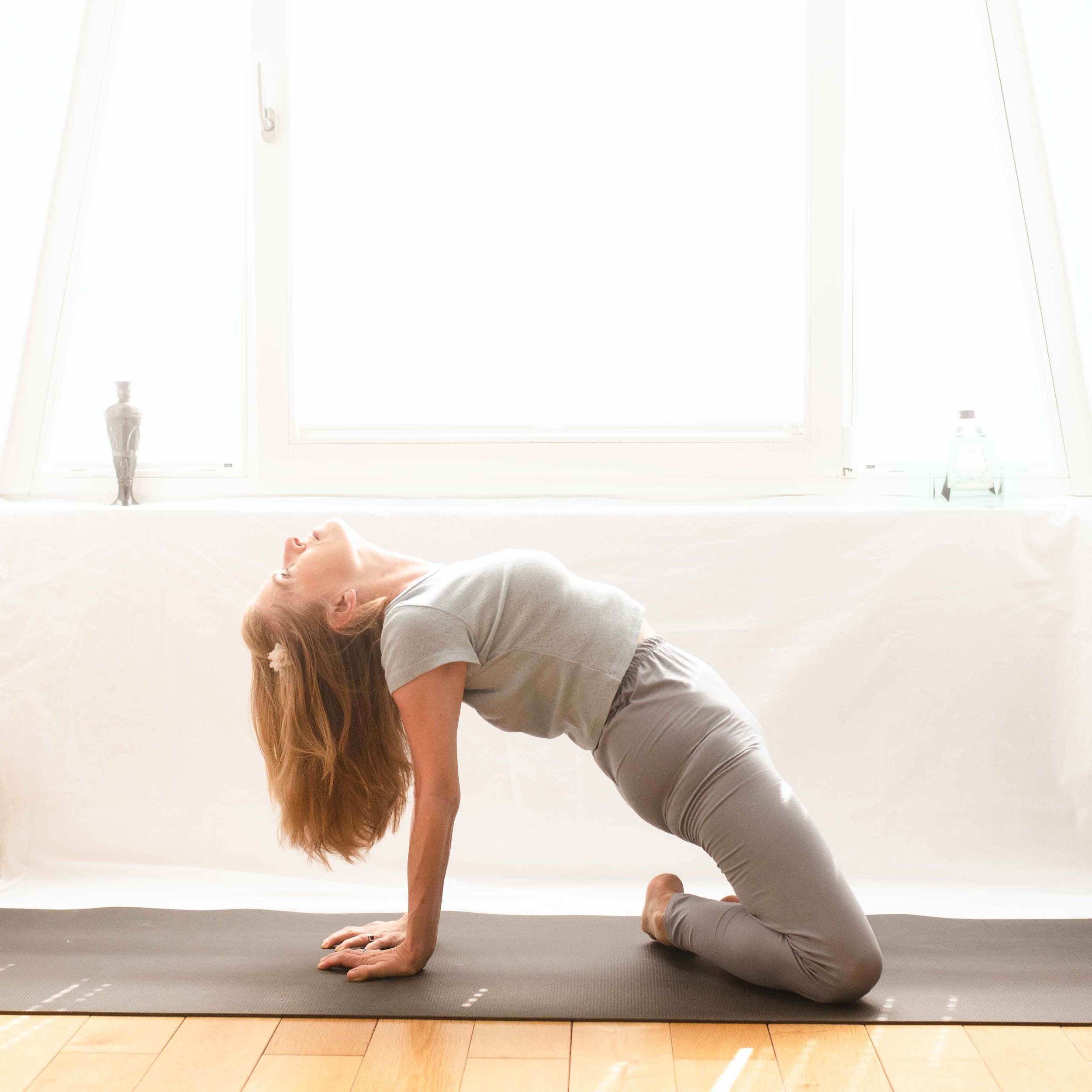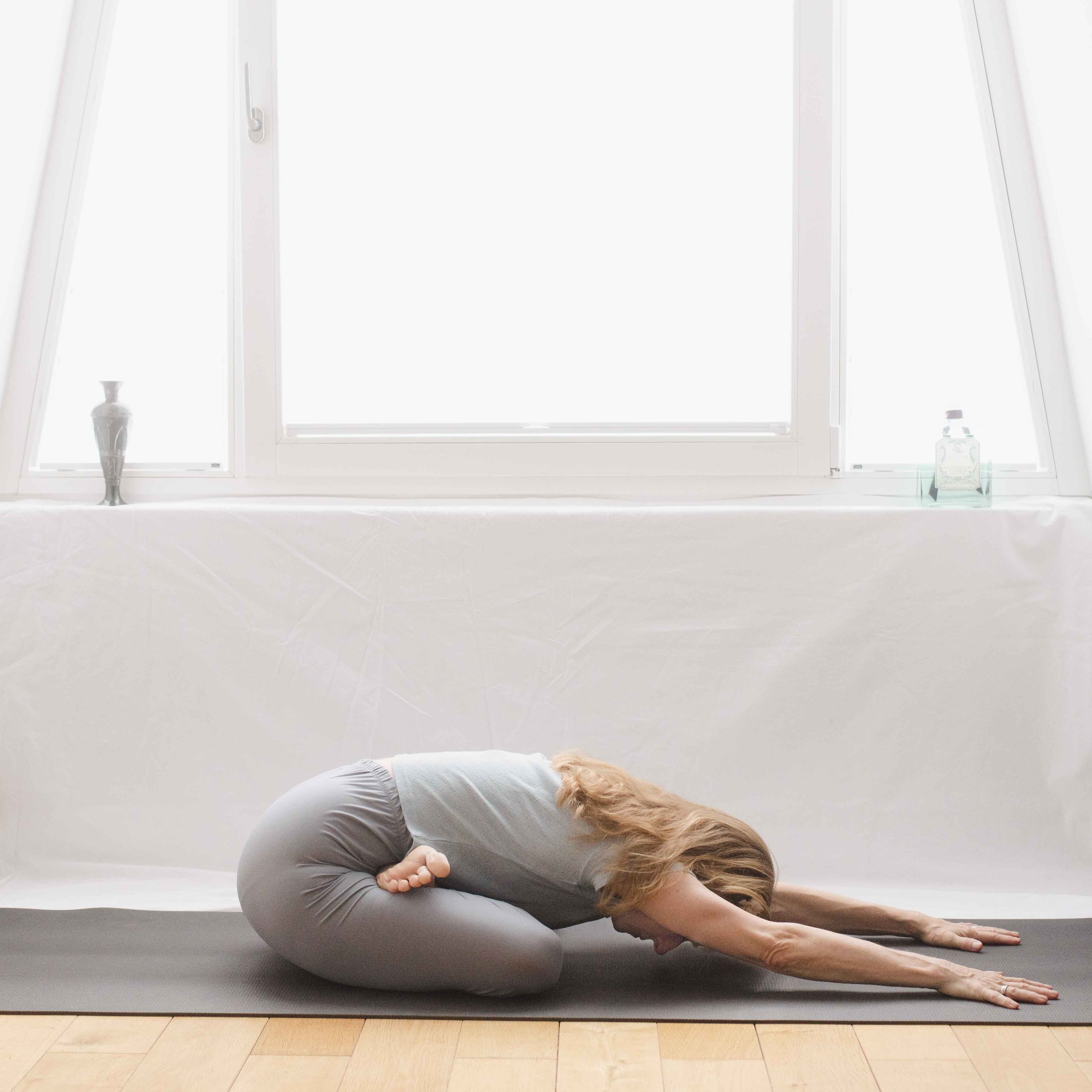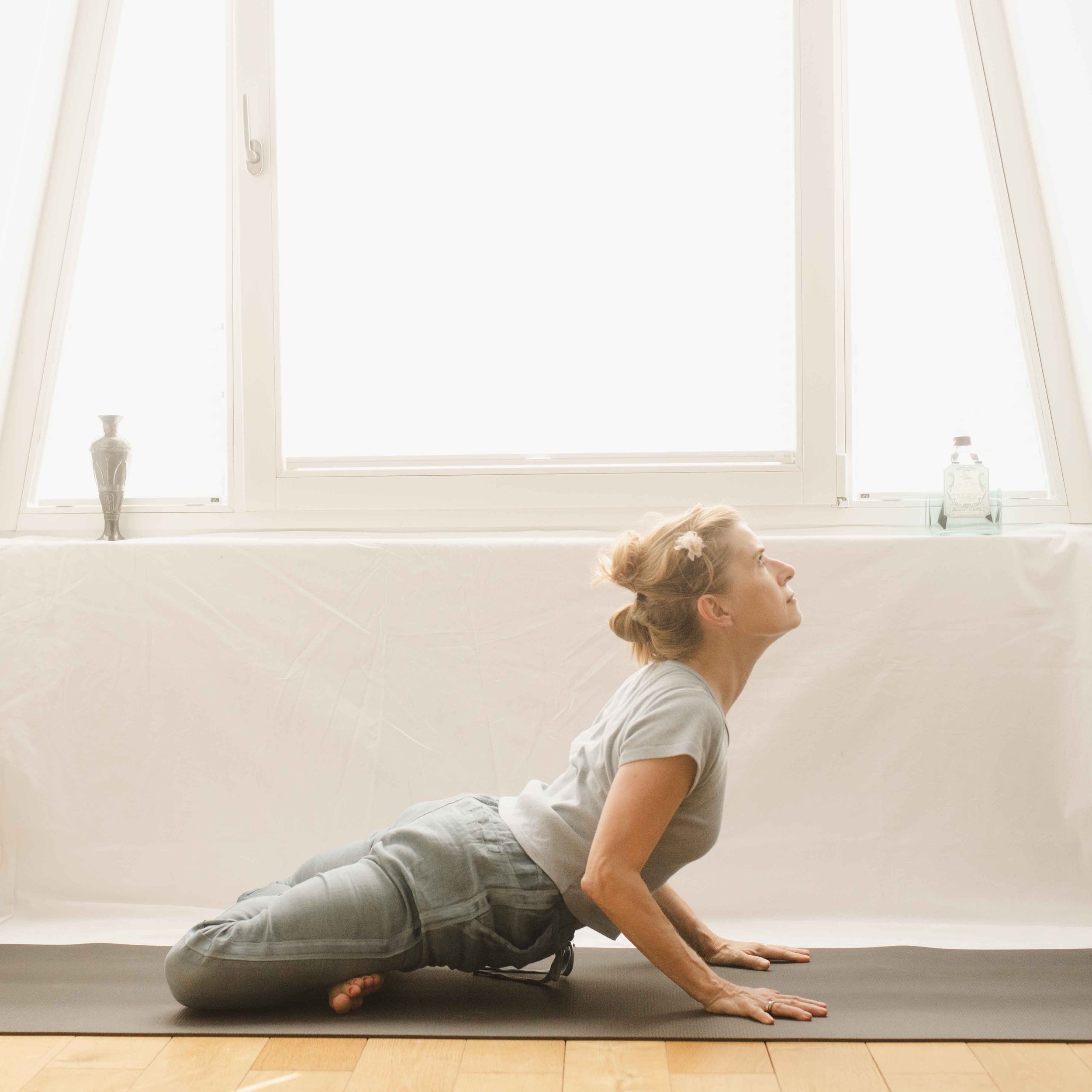Before reading this blog post, I’d like to ask you which picture is taken the 1st August and which one the 31st of August? Resolution comes at the end of this blog post.
In August my goal #1 was to practice more freqeuntly. My habit app told me that I had an average practice rate of 28,77% at the end of July. . At the end of August my average practice rate is 34,98 %. It goes up slowly as I started using the app in the middle of last year. All the data are processed by the app to calculate the average rate. I didn’t really use the app in the beginning so the results are not accurate. This is not so important. The app helped me to see where I could improve. I practiced not often enough. I can see a development now.
I started using this app on a daily basis in the middle of July. August looks pretty good for me. It’s motivating to use this app and to see all the red dots. One red dot stands for 90 minute Ashtanga yoga. More important the app tells the truth (when used of course).
What do I record? I only record when I practice Ashtanga yoga in the morning. Last month I practiced several times in the late afternoon. It was not an Ashtanga yoga routine but sequences that focused on back bending. They were precious, perhaps they made the difference, but they are not recorded. I don’t care as I get an overview about my activities. .
A few times I didn’t practice in August:
I had an appointment at the dentist in the morning, I had a toothache. This is a reason not to practice and not an excuse.
Once I overslept. I had had time in the morning before this appointment at 9:30am, but time was too short then. In the evening I practiced, so that’s OK. I aim for flexibility not for rigidity. Routines are useful, but they are not written in stone.
Once I couldn’t convince myself to practice. It was impossible to get on the mat. I can live with this. I remember that I was ready for a yoga sequence in the evening.
When I reach 80% of my goals I consider this as very good. My observation: Those who are only content when ‘perfection’ is reached are much more discontent in life than those who are happy with 80%. Being discontent might free a lot of energy. Not liking a situation can give a lot of power to reach goals and to get out of an annoying situation. On the other hand with yoga we won’t win a medal. I take my practice rather seriously, but I usually don’t want to give it the power to make me feel bad. The opposite is the case. My practices better my life.
Lately I listened to an YouTube video with a very successful swimmer. He told the ambitious audience why he was so successful. 200 times every year he is not in the mood to swim, but he does it anyway. This was one of his success formula. Is this true, that most of the time he didn’t like to do what he was doing?
For me only the beginning of a yoga practice is hard, then I like my practice. Of course I can take it easy. I don’t have to practice. It’s not my profession, I don’t have to win medals either. Nevertheless if I had to force myself 200 times a year to do what I ‘want’ to do I questioned if this is the right activity that I was doing.
Perhaps talent limits his decision. Perhaps lack of alternatives forces someone to do something that he doesn’t like to do?
It’s surely true that we’re not every day in the mood to do what we want to do. To let the moods make a decision is not a good advice. One could miss a good practice. Moods change all the time. Some people are more moody than others. Some people have acquired the skill to be disciplined. They do what needs to be done. Point.
Also in September I’ll focus on the frequency of my practice. I’ll keep focusing on back bending.
Picture: The second picture is taken at the end of August. I’m glad that it’s visible that I practiced a lot and intensively. Yesterday I checked both pictures, yet they were not next to each other. I was disappointed and thought that all the effort was in vain. It wasn’t. I can see a difference when the pictures are next to each other. Halleluja. The show can go on.
